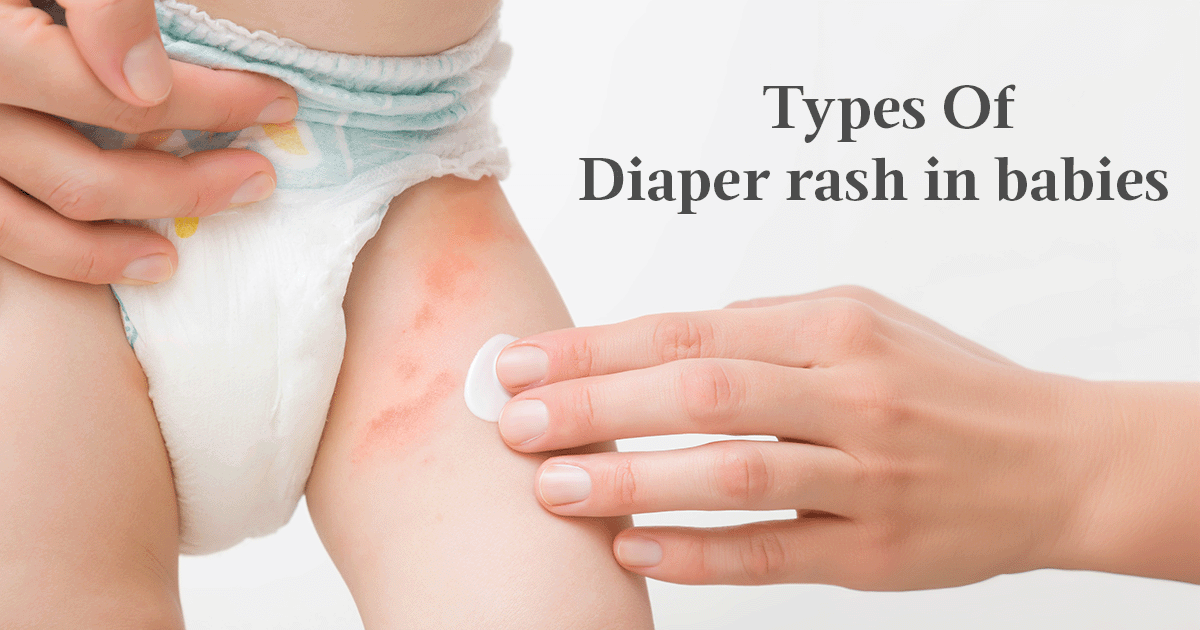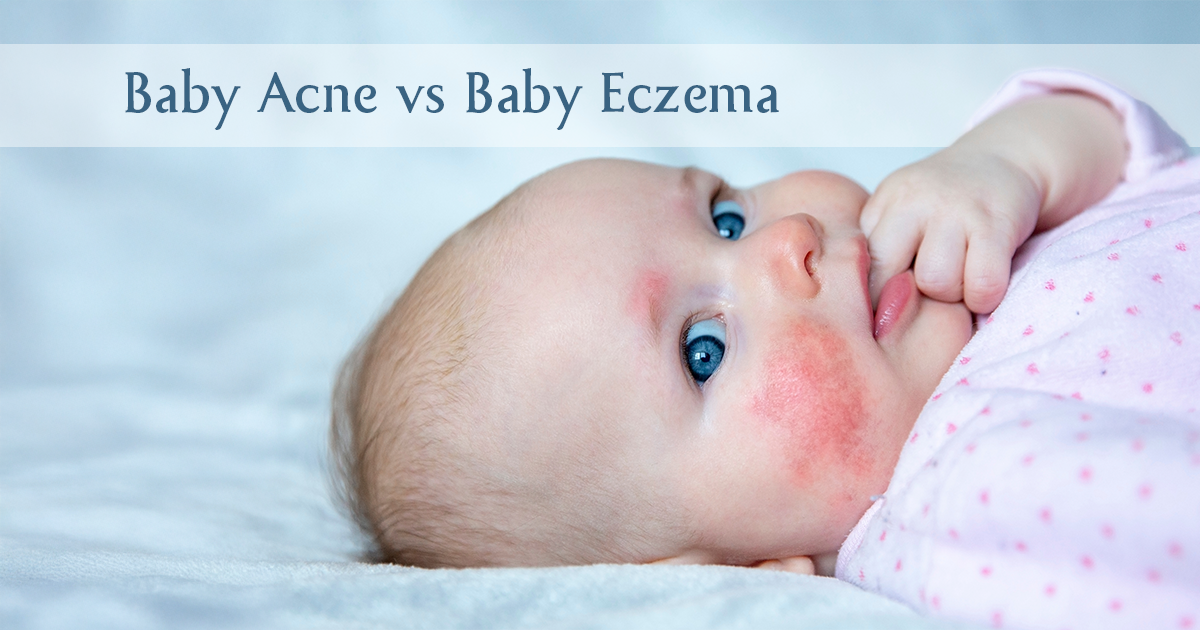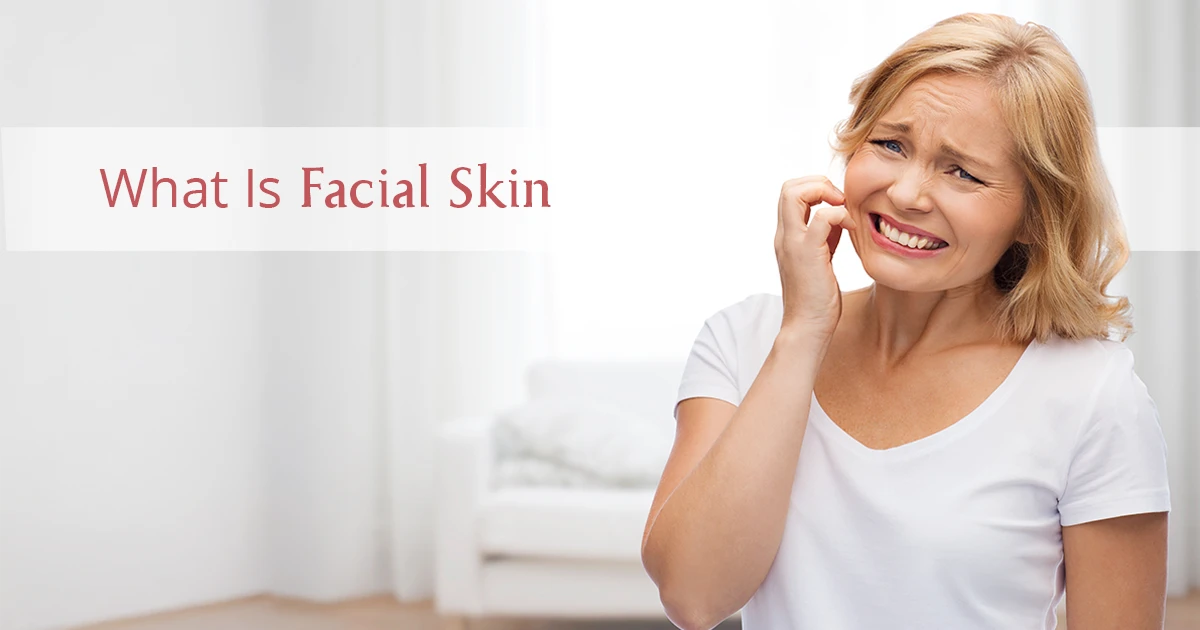
Hey, what are your thoughts about your immunity? Do you believe your immune system is capable of fighting and getting rid of foreign substances (like viruses & bacteria) in your body? In the instances where your body's immunity fails to do so, an allergic reaction may occur. Skin allergy on the face is no different. Allergic skin conditions occur when an allergy triggers a skin reaction. 1 2
Skin allergies can be frustrating and uncomfortable, especially when they appear on the face. Not only do they cause physical discomfort, but they can also impact your confidence and day-to-day interactions. A skin allergy on the face often manifests as redness, itching, bumps, or rashes. Identifying the underlying causes and recognising the symptoms early can help manage and treat the condition effectively. 3
In this blog, we’ll explore the symptoms, causes, diagnosis methods, treatment options, and prevention tips for skin allergies on the face.
Types Of Skin Allergies
-
Eczema (Atopic Dermatitis)
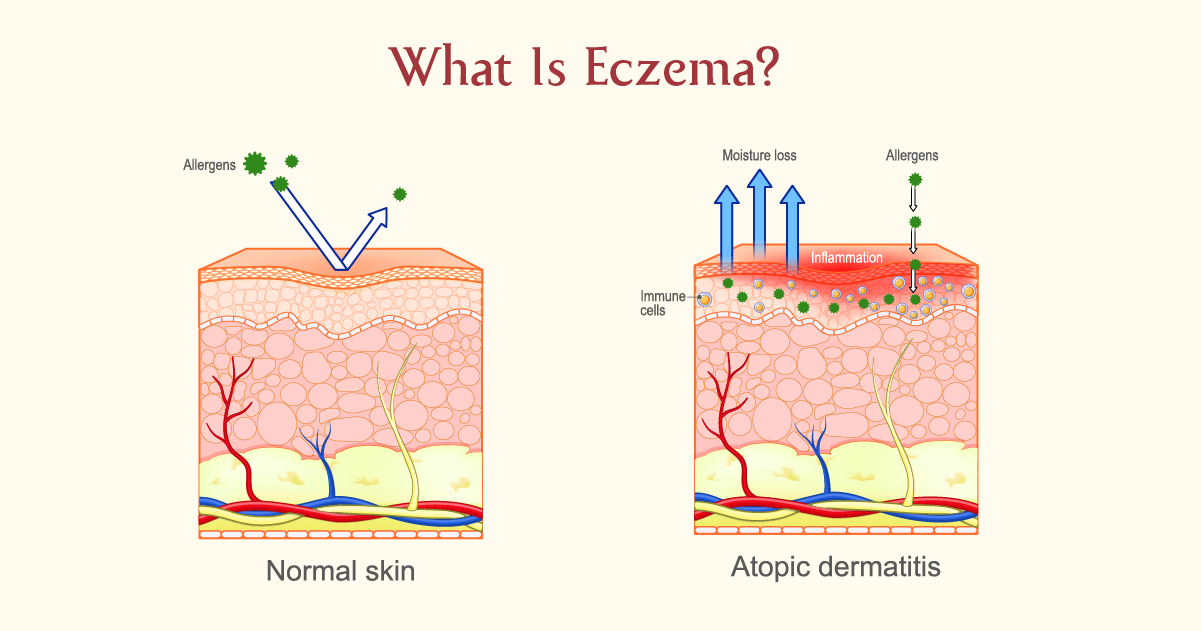
Eczema is a skin condition that can lead to redness, itching, and, in some cases, infections. It is common in babies, too - about 1 in 5 babies get it. This skin condition may be caused by a weak skin barrier that lets moisture escape, making it dry, irritated, and inflamed. 1 2 3 4
When symptoms worsen, this is referred to as an eczema flare. Proper treatment is essential to control flares, prevent or address infections, and utilise immune-modulating or other prescribed treatments for severe cases. 1 2 3 4
-
Allergic Contact Dermatitis
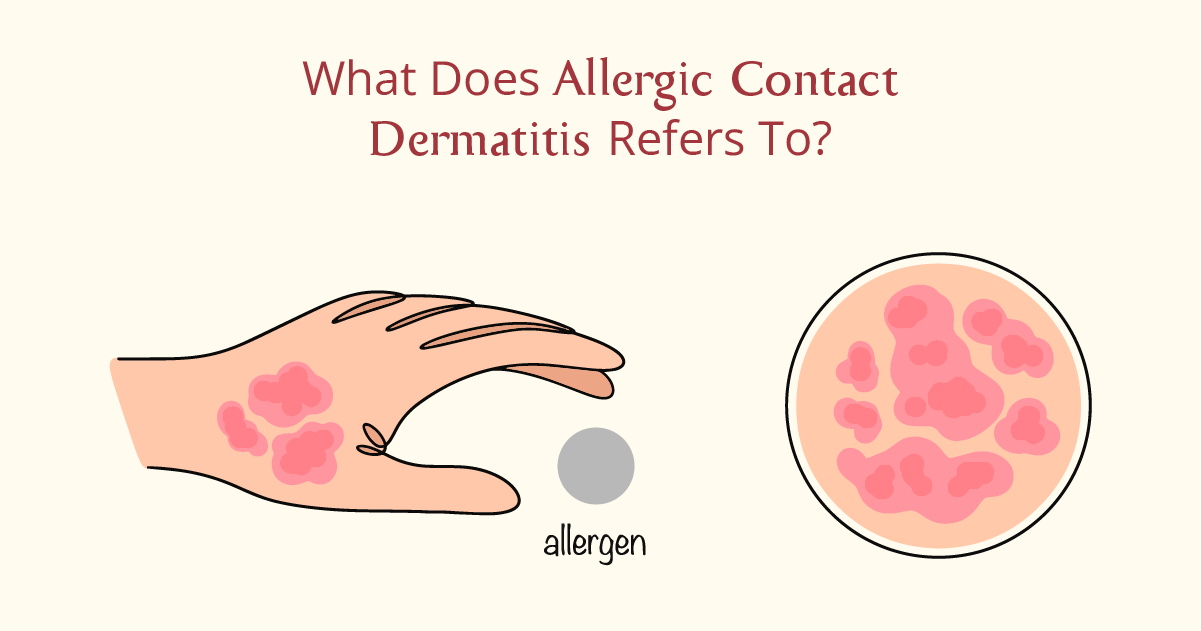
When your skin directly touches an allergen, it may cause an allergic reaction. For instance, if you have a nickel allergy and come in contact with anything that has little traces of it, you may develop a skin allergy. It may lead to red, bumpy, scaly, itchy, or swollen skin at the point of contact. 1 2 3 4
-
Hives (Urticaria)
It refers to skin inflammation that happens when the immune system releases histamine (a natural chemical present in the body that causes allergy symptoms). As a result, small blood vessels leak, leading to swelling and itching. Hives appear as pink or red itchy rashes, blotches, or raised lumps on the skin. While they often aren't caused by allergies, antihistamines can help relieve symptoms. For chronic cases, additional medication may be needed. 1 2 3 4
-
Angioedema (Swelling)
Angioedema is a type of swelling that occurs in the deep layers of the skin, often without itching. It affects soft tissues like the eyelids, mouth, or genitals, and can occur alongside hives. It is of two types: acute angioedema, which is short-lived (lasting minutes to hours) and often triggered by allergic reactions to medications or foods; and chronic angioedema, which recurs over a long period, with each episode lasting hours to days. 1 2 3 4
Symptoms of Skin Allergy on the Face
Here are the detailed symptoms: 1
-
Redness and Inflammation
The affected skin often appears red and swollen due to an allergic reaction. This occurs as the immune system overreacts to a foreign substance, resulting in increased blood flow and irritation.1
-
Itching and Burning Sensation
Persistent itching or a burning feeling is a common sign of a skin allergy. Scratching can worsen it, potentially leading to infection or skin damage. 1
-
Rash and Bumps
Raised bumps, hives, or a patchy rash might develop on the facial skin. These can be accompanied by flaking, peeling, or blistering in severe cases.1
-
Dryness and Scaling
An allergic reaction may also cause dryness and flaking of the skin, making it feel tight and uncomfortable. Conditions, like eczema, worsen with allergens and environmental triggers. 1
-
Swelling Around the Eyes and Lips
Certain allergic reactions result in puffiness around sensitive areas, such as the eyes and lips. In severe cases, facial swelling can interfere with normal functions, requiring immediate medical attention. 1
Causes of Skin Allergy on the Face
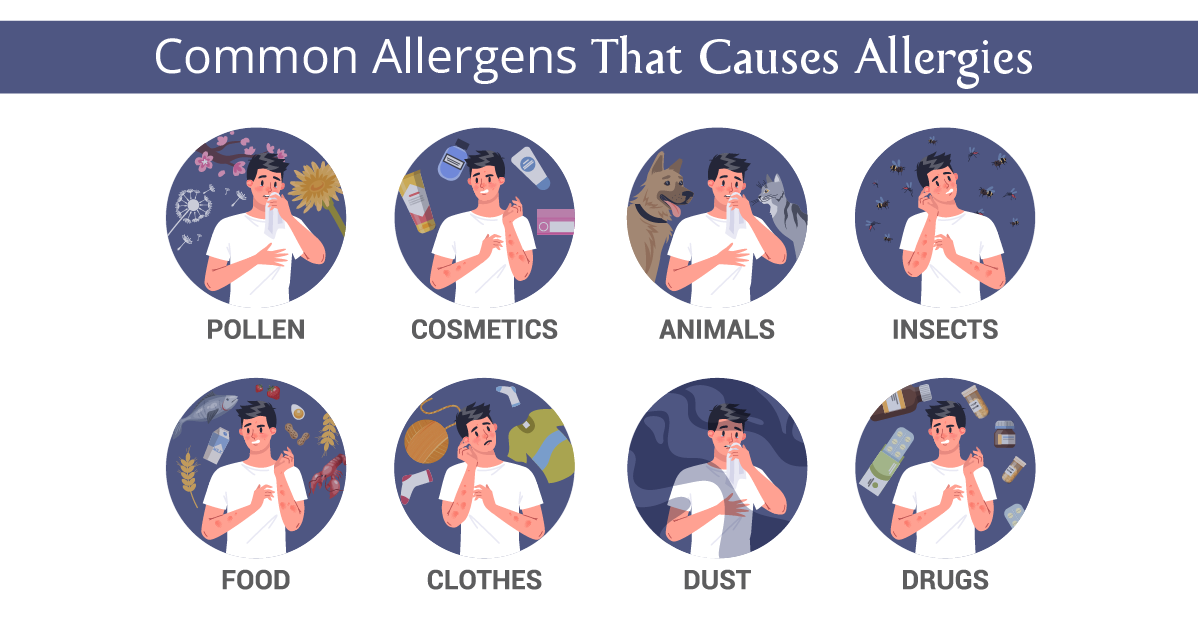
Allergic skin conditions can occur after exposure to different allergens, including:5
- Cleaning agents and solvents
- Cold or hot temperatures
- Pollen
- Scents and fragrances used in cosmetics (lipsticks, perfumes and soaps)
- Water
- Food
- Adhesives
- Insects
- Drugs or medicines applied to the skin
- Essential oils
Types Of Allergens Causing Allergic Contact Dermatitis
Allergic contact dermatitis is caused by a type 4 hypersensitivity reaction. 5 6
- Poison ivy, which can cause a rash in the shape of streaks
- Metals (like cobalt and nickel) in jewellery can cause a rash where the jewellery touches your skin
- Rubber gloves, which can cause ongoing skin irritation
- Other things like hair dye, clothing chemicals, fragrances, and sunscreens can also cause skin reactions.
Effective Treatment Options For Skin Allergy
Managing and treating skin allergies on the face depends on the severity and triggers. Let us have a look at the solutions:
-
Over-the-Counter (OTC) Creams
Topical antihistamines and hydrocortisone creams help reduce inflammation, itching, and redness. But before you apply anything to your skin and consume any medicine, make sure you consult a dermatologist first. 7 8
-
Prescription Medications
In severe cases, dermatologists may prescribe stronger anti-inflammatory or steroid creams. 7 9
-
Cold Compress
Cooling the skin can help relieve itching. Using ice, cold packs, cool compresses, or cold water can temporarily soothe itchy skin caused by conditions like eczema, hives, or psoriasis. 10 11
-
Avoiding Triggers
Identify and steer clear of substances that trigger your skin allergies. When you determine them, it’s easy to eliminate and avoid contact with them.
What Are The Prevention Tips?
By following these tips, you can reduce your risk of developing skin allergies and minimise symptoms if you do experience an allergic reaction. 2
- Use gentle and natural skincare products.
- Follow appropriate skincare measures
- Keep facial skin moisturised and hydrated.
- Perform patch tests before trying new cosmetics.
- Maintain a clean environment to reduce exposure to dust and allergens.
- Check product labels for potential allergens, such as fragrances, dyes, or preservatives.
- Regularly clean and disinfect surfaces and objects that come into contact with your skin.
- Wear gloves, masks, or protective clothing when working with potential allergens.
How To Diagnose Skin Allergy?
There are three types of skin allergy tests. Let us brief you in short: 11 12 13
1. Patch Test (for contact dermatitis)
Small amounts of allergens are applied to the skin (usually the upper back of your forearm) with adhesive patches. Left in place for 48 hours and examined for reactions at 48 and 72–96 hours.
2. Skin Prick Test (SPT) (for immediate-type allergic reactions)
A small amount of suspected allergen is pricked into the skin (usually the forearm or back). If allergic, a small bump (like a mosquito bite) appears within 15–20 minutes.
3. Intradermal Test
An intradermal test is a type of allergy test where a small amount of allergen is injected just under the skin, usually on the forearm. It's more sensitive than a skin prick test and is often used to test for allergies to insect venom, penicillin, or other drugs.
Choose Gentle, Natural Skincare Products
One of the most effective ways to prevent skin allergies, especially on the face, is by switching to skincare products that are free from harsh chemicals, artificial fragrances, and synthetic preservatives.
AreoVeda’s skincare range, specially crafted for moms and babies, is India’s first skincare brand to be Ecocert certified, EWG verified and cellularly proven, providing real proof for safety and efficacy. Packed with love, care and the best-kept secrets of Ayurveda & cellular science, AreoVeda is the brand you can rely on for your and your baby’s skin care needs.
Conclusion
Dealing with a skin allergy on the face can be frustrating, but understanding the causes and adopting the right skincare habits can make a big difference. From avoiding common allergens to using gentle, natural products, prevention is key to keeping your skin healthy and irritation-free. If you experience persistent symptoms, don’t hesitate to seek medical advice for proper diagnosis and care. With the right steps, managing a skin allergy on the face becomes much easier and more effective.







.webp)

